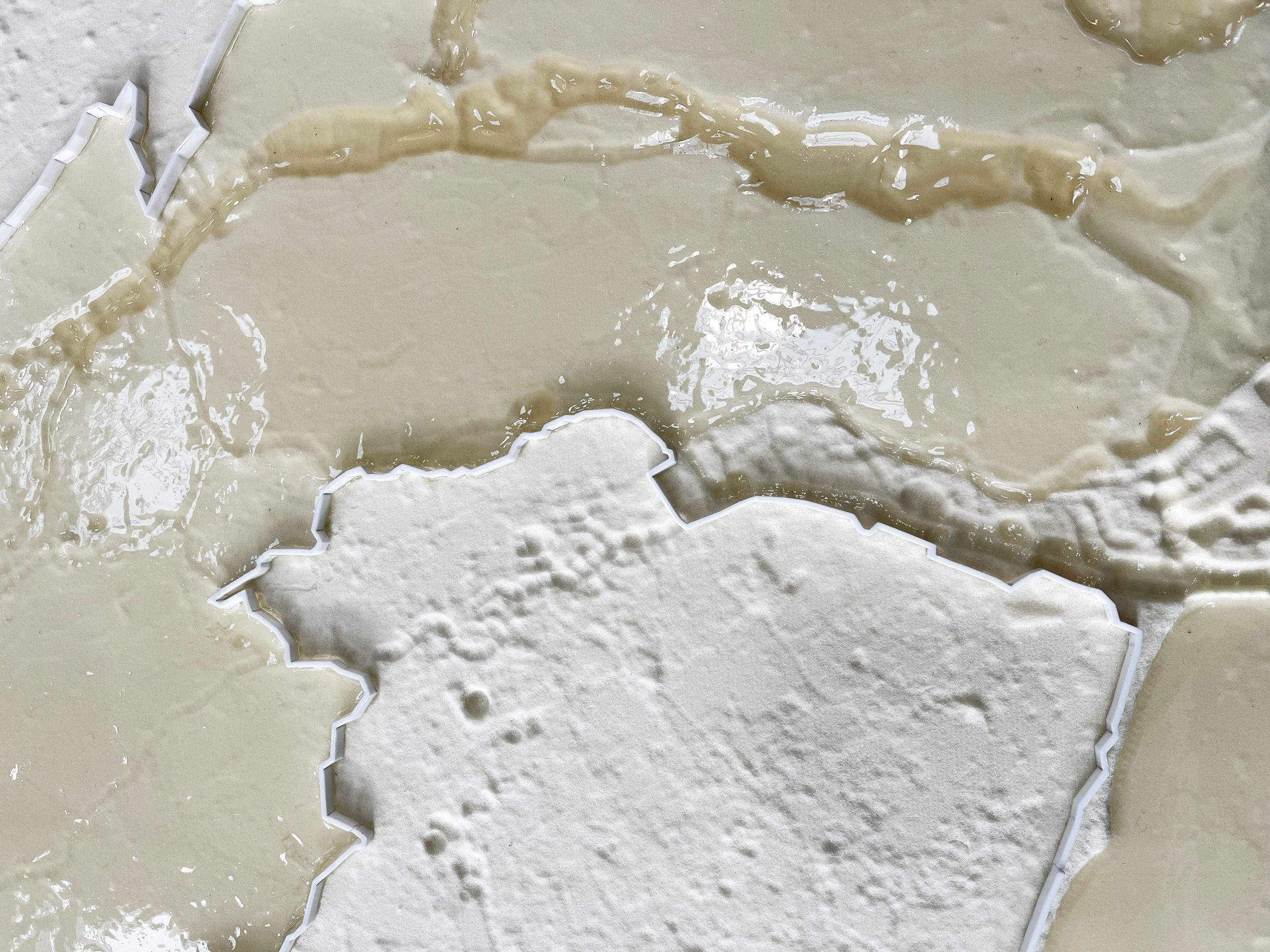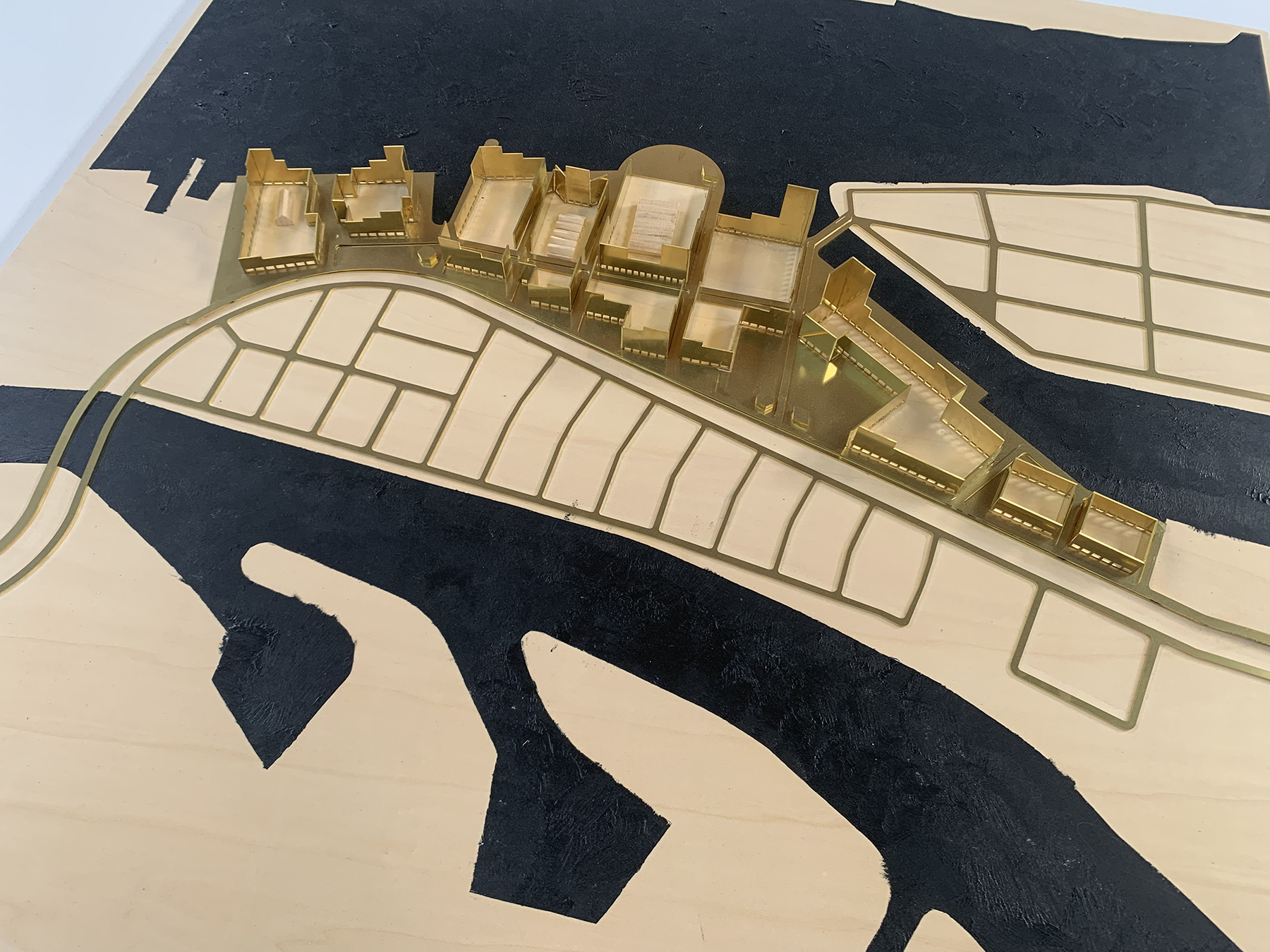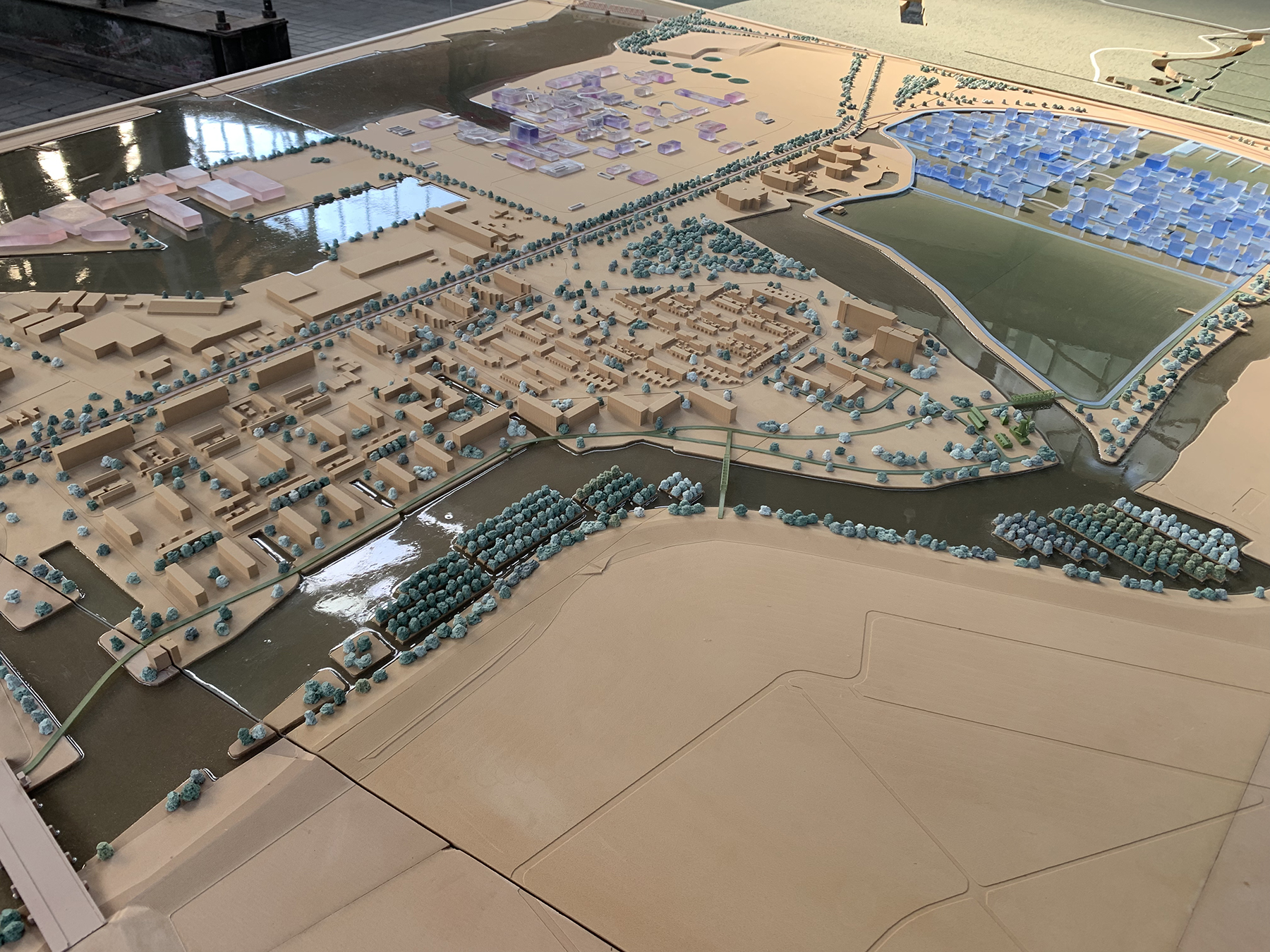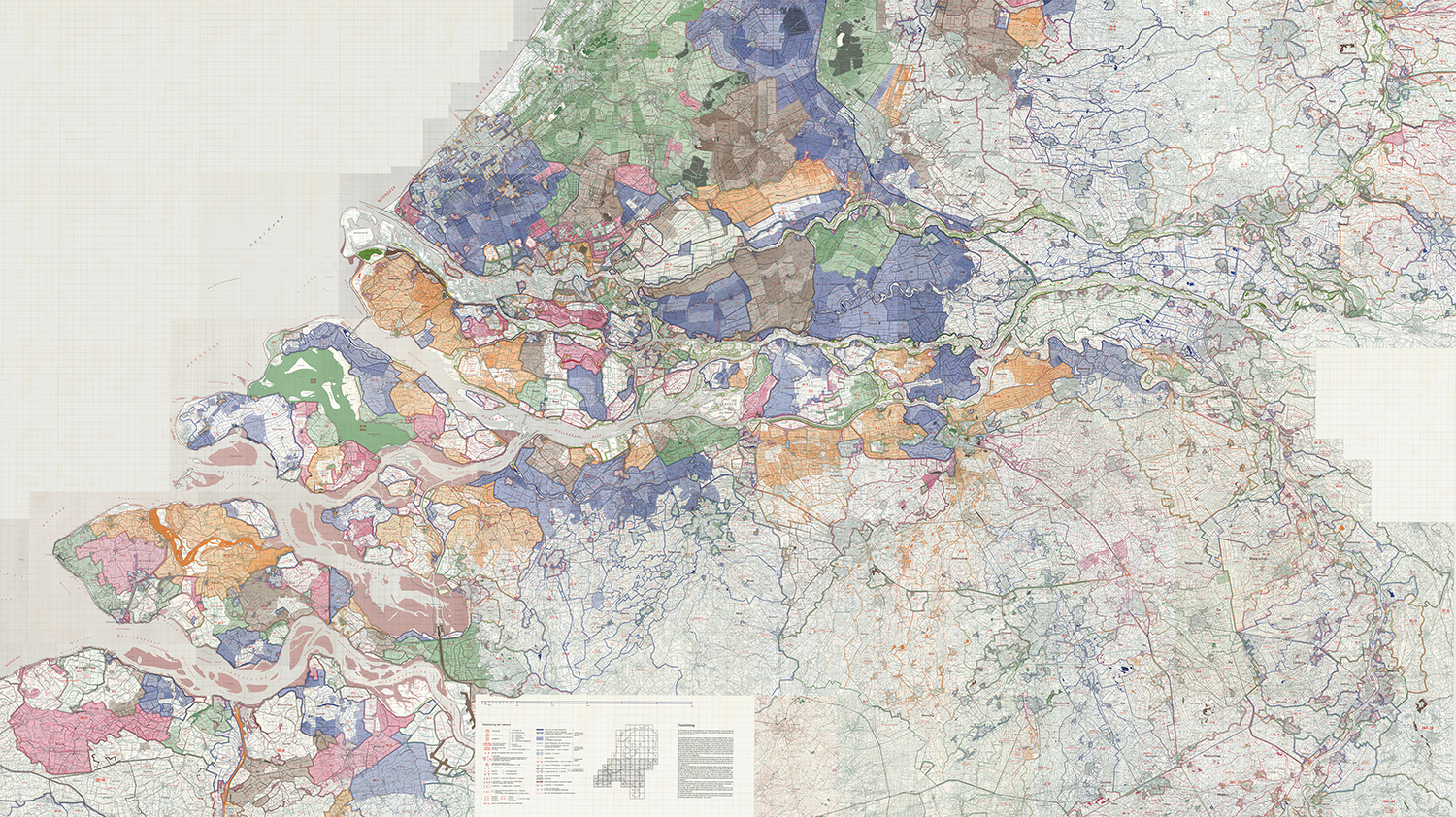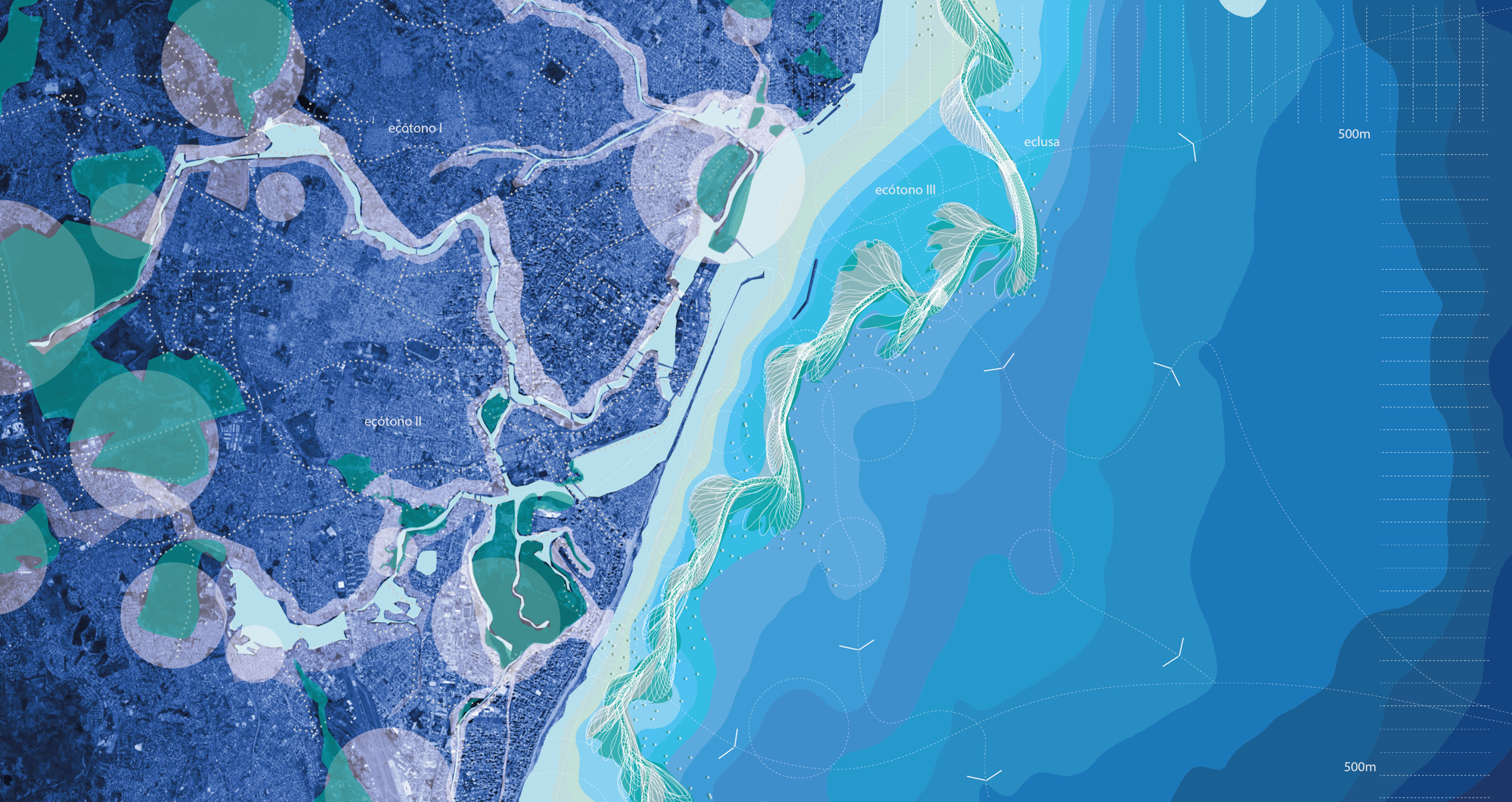
Recife Exchanges Netherlands
16th climate hotspot (IPCC,2014): Recife, first renascence city of the Americas and most vulnerable Brazilian metropolis to Climate Change, faces the threat of being submerged by rising sea levels. Towards an urbanistic reinvention of Recife, the 12 years partnership between Recife and the Netherlands has reflected on visions and strategies to both countries. So, how can we protect the oldest capital in the country, set to celebrate its 500th anniversary in 2037, from becoming definitely flooded?
Through Recife Exchanges, this research involved national institutions led by the Federal University of Pernambuco in collaboration with international institutions such as RCE - Ministry of Science Culture and Education of the Netherlands, MIT (USA), Université de Toulouse (France), IHE/Delft - Institute for Water Education of UNESCO (Netherlands) and Delta Urbanism through the Redesigning Deltas (TU/Delft). The objective is to design innovative, adaptive, and mitigating solutions to counter the adverse climate effects projected for Recife. One of the solid concepts developed towards a resilient future vision that emerged from the research is the "amphibious membrane", which would adapt and protect the city's direct interface with the Atlantic Ocean.
This "amphibious membrane" would materialize as a system of parks in the 3 main river basins of the city, as well as its main water front: the Atlantic Ocean. In the seafront, a large Ecosystem Park concept is applied. Beyond a technical reactive containment infrastructure, the idea is to create a sensitive ecologically-oriented line, encompassing socio-cultural and environmental aspects, akin to the existing reef. The membrane would adapt to the marine relief and be formed through both human interventions and natural processes (morphogenesis), such as the natural ocean currents that will shape the new territory. The membrane is envisioned as a system of three interconnected parks.
The first park is the Technological-Energy Park, situated between 1,000-1,500 meters from the coast, focusing on the generation of renewable energies such as tidal, wind, and solar power. An important objective of this initial "layer" of protection is to contribute to the economic viability of the initiative.
The second park is the Floating Islands Park, located between 500m-1,000m from the beach, designed to buffer the main physical weathering impact on the system: direct erosion caused by the impact of the ocean waves (which will be further intensified by sea-level rise). This region has the role of safeguarding and regenerating wildlife, including the restoration of sandbanks and coconut groves. Thus, a relevant objective of this second "layer" is the preservation of biodiversity.
The third park is the Filter Pools Park, <500m within the radius of pedestrian mobility. Its main objectives are to create high-quality public spaces and purify the waters by directly improving their quality and controlling tidal levels. Restoration of the threatened sand dune vegetation will take place along with the creation of channels and coconut groves, which marks the beginning of the transition ecosystem between sand dunes and mangroves. It is also conceived a system of locks (passage between different water levels), and sensitive technological interfaces would be located to control hydric parameters in terms of level, salinity, and pH, allowing for species circulation as well. Therefore, a one objective of this third "layer" of protection is to reconcile symbiotic stages, both human and natural, by creating high-performance public spaces with low environmental impact.
On the mainland, the expanded estuary of Recife can be seen as an extension of this amphibious membrane, serving as a direct support for continental life - both human and non-humans. It would connect the three main natural ecological corridors of the expanded estuary envisioned in the Capibaribe Park Project, a collaboration between the Municipality of Recife and UFPE (the hydrographic basins of the Capibaribe, Beberibe, and Tejipió rivers) with the other membranes, aiming to preserve the continuity of the remaining fragments of Atlantic Forest and mangroves still present in the Recife territory and its direct environmental influence.
Once the basic ideas are articulated, the concept of the "amphibious membrane" aims to be a manifesto. Based on these principles, the foundations would be laid for a participatory process involving the population at all stages, being transdisciplinary and developed over time. This approach takes into consideration that Recife was "invented" from the reefs that, in fact, gave it its name. Therefore, a significant part of its necessary "reinvention," in the face of the enormous threats ahead, should draw upon this same marine "genetic code" to create a saving park on the horizon of the sea that helps the city to remain above the water level. Hence, a membrane territory is proposed to prevent Recife from submerging.







